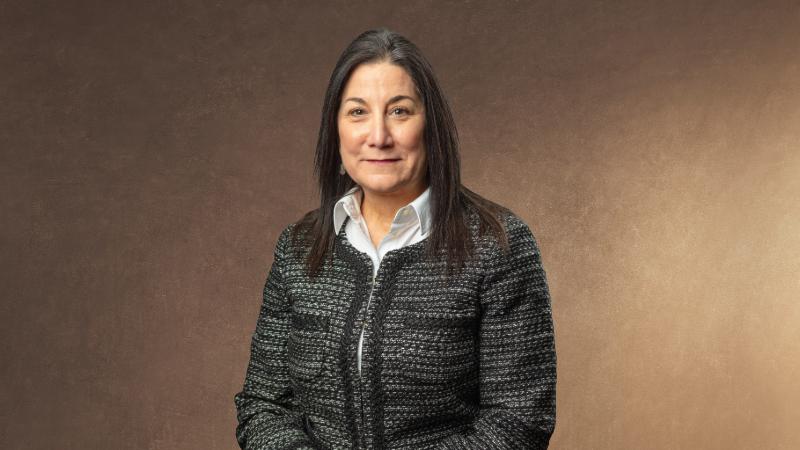
September 27, 2019
Depression is the most common psychiatric condition. Knowing common symptoms and knowing what to do if you or a loved on experiences depression is important. It is estimated that 6.7 percent of the population experiences a depressive episode within a given year. Nearly 17 percent of our population will experience at least one depressive episode within their lifetime. Depression rates are significantly higher in individuals with medical conditions, averaging 25 percent, depending on the medical illness.
A major depressive episode is diagnosed when an individual experiences a depressed mood and/or a loss of interest in activities, called anhedonia, in addition to at least four of the following symptoms: changes in sleep pattern (insomnia or hypersomnia), changes in appetite or weight (increased or decreased), slowed motor movements or restlessness, low energy, impaired concentration, thoughts of worthlessness or guilt, and thoughts of death or suicide. These symptoms must deviate from the individual’s previous state and last at least two weeks to be considered a major depressive episode.
Without treatment, nearly half of individuals with depression will experience remission of symptoms at the one-year mark. The most common symptoms to remain after an episode include insomnia, low mood, and impaired concentration. If depression and/or residual symptoms are left untreated, there is an increased risk of recurrence. Nearly 70 percent of individuals who have experienced a depressive episode will experience a second one, which means it is important that people seek help.
There are known risk factors placing individuals at higher risk of developing major depression. These risk factors include a family history of depression, female gender, the peri-partum period (both during pregnancy and postpartum), exposure to childhood trauma, limited social support, onset of dementia, substance abuse (including but not limited to alcohol use), and certain medical conditions.
Depression is a well-known and common comorbidity in many medical illnesses, which means there are at least two chronic conditions at the same time. Some medical conditions have a depression prevalence rate well above 25 percent. The impact of comorbid depression, particularly when untreated, can be significant and result in higher mortality rates with poor medical outcomes.
We see higher rates of depression in several medical conditions like coronary artery disease (CAD). Left untreated increases the risk of cardiac complications. We also see higher rates of depression in certain cancers such as pancreatic cancer. Depression in cancer patients is associated with many adverse medical outcomes. Higher rates of depression are also observed in individuals with diabetes and several neurological diseases, including Parkinson’s disease, stroke, dementia, Alzheimer’s and epilepsy. The prevalence of depression in Alzheimer’s dementia ranges from 20-32 percent. We also see significant rates of depression in individuals with chronic obstructive pulmonary disease (COPD) as well as HIV/AIDS.
There are a variety of ways to target depression and help people who are experiencing major depressive episodes, including pharmacological (medicine) treatment and therapy. Unfortunately, it’s estimated that more than 60 percent of people do not receive appropriate or adequate treatment. Untreated depression can result in negative outcomes including decreased quality of life, increased risk of suicide and a worsening in chronic medical conditions.
Pharmacologic first-line treatment for depression is the class of antidepressants called SSRIs. Familiar sounding names may include but are not limited to: Prozac, Paxil, Zoloft and Lexapro. These medications have relatively few side effects and are often better tolerated than other antidepressants. Electroconvulsive therapy (ECT) can be utilized in severe, treatment-resistant depression. ECT is a remarkably safe procedure that has been shown to have high success rates in remission of depressive symptoms. Engagement in psychotherapy with a trained therapist can also be extremely helpful in an individual’s course of treatment.
Depression is a common condition. At any given time 2-4 percent of the population is suffering from a depressive episode. The earlier depression is identified and treatment initiated, often the easier it can be to quickly and adequately manage symptoms. With appropriate treatment of depression, we see an improvement not only in symptoms but overall health and quality of life.
Our community has a number of wonderful resources to help in the treatment of depressive symptoms. For more urgent cases, particularly in individuals experiencing suicidal thoughts, there are inpatient psychiatric units available to help in stabilization. For less severe cases, there are a number of mental health clinicians and therapists available for support. Reaching out to your primary care physician is a great first step.
If you are not part of the nearly 20 percent of people who have experienced a major depressive episode, it’s likely someone close to you has, or may even be experiencing one now. Not everyone who is depressed considers suicide, but many people who do commit suicide also experience depression. This Suicide Prevention Month, I would like to remind everyone about the National Suicide Prevention Lifeline (1-800-273-8255). The Lifeline is available 24/7/365 for anyone in crisis. I also encourage everyone to visit lcsuicideprevention.org to connect with local suicide prevention information.
Dr. Bridgid Crowley earned her medical degree from the University of Washington School of Medicine where she completed her residency in psychiatry and fellowship in consult-liaison psychiatry. A Helena High School and Montana State University graduate, Dr. Crowley is excited to be serving her community at a psychiatrist at St. Peter’s Health.


